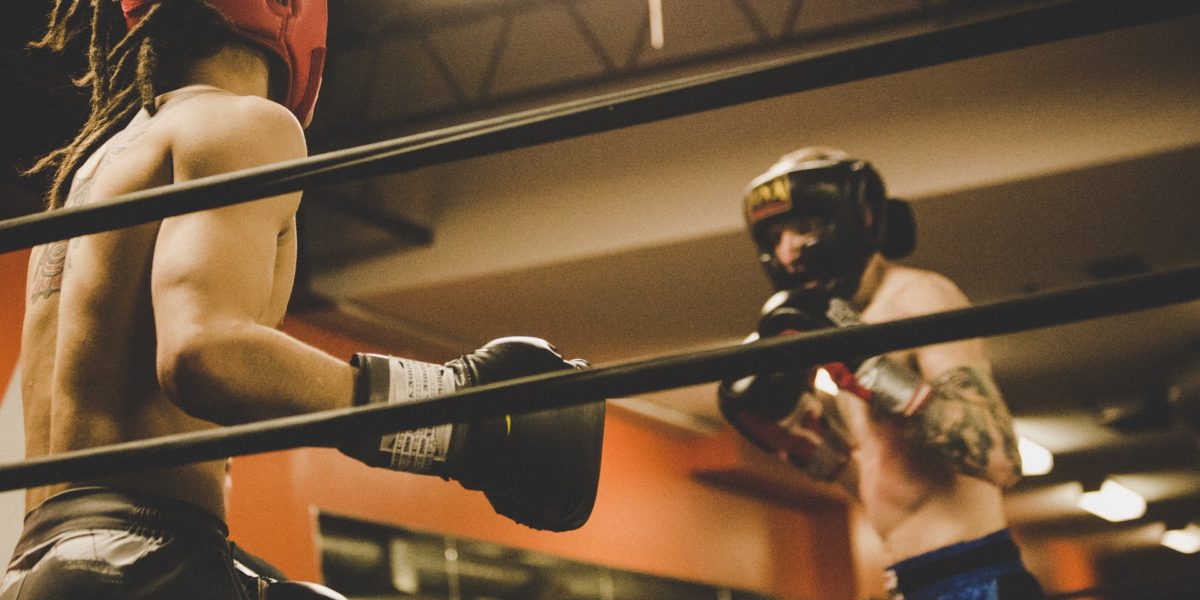Our brains are made of a very soft material but luckily our skulls provide the brain protection from the outside world. However, during violent movements the brain is free to move inside the skull and collide with the skull. This impact can cause injury to the brain, known as a concussion, that can lead to various symptoms depending on severity.
A 2014 paper by McIntosh et al. researched the biomechanics of concussions for Australian football players. Their research showed that a linear acceleration of 88.5 g to the head results in a 75% likelihood of a concussion. A g is the unit of acceleration and a single g is equivalent to the force of gravity at the Earth’s surface.
A very serious long-term effect of brain injury is Chronic Traumatic Encephalopathy known as CTE. Additional reading on CTE can be found here. Proper care must be taken to ensure the long-term health of contact sport athletes. Some contact sports utilize protective equipment such as helmets or mouth guards. However, the world of amateur boxing went a very different route to prevent brain injuries. An article by the New York Times reviews the International Boxing Association’s (A.I.B.A.) decision to remove headgear from international, male boxing competitions. In 2016, Olympic boxers entered the ring without headgear for the first time since 1984 according to the article. Apparently, this seemingly counterintuitive decision makes boxing safer. A cross-sectional study by the A.I.B.A. Medical Commission found there were more stoppages, caused by hard hits to the head, in fights with headgear. In fact, the data suggests that boxing without headgear lowers the chance of a stopped fight by 43%.
The A.I.B.A. claims that headgear did little to prevent brain injuries, however, there is counter research that refutes the A.I.B.A.’s claim. For example, a study by McIntosh and Patton researched the capability of A.I.B.A.-approved headgear to protect against injury. A glove was mounted to a driver and a Hybrid III head was used to record the head accelerations at different contact points and speeds. According to this study, head accelerations were significantly reduced by the headgear.

Headgear by no means prevents all concussions, for example, when the glove speed reached 8.34 m/s in the previously mentioned McIntosh and Patton study. Without headgear, the head experienced 133 g from a punch to the side of the head and 131 g from a punch to the front center of the head. With headgear, the head experienced 86 g from the lateral punch and 88 g from a punch to the front center of the head. The results showed there is a chance those with headgear could develop a concussion. However, without headgear, a concussion is guaranteed.
Headgear will not prevent all concussions but it can significantly decrease the chances of getting one. At some point, the force will surpass the protective capability of the headgear. Both sides of the argument present interesting and compelling data. In short, boxing is a contact sport. There will most likely always be a chance the athletes could develop brain injury. In order to ensure the safety of the athletes, it is important to make decisions based on their health with definitive proof it protects them. The video below shows different sides to the debate.
